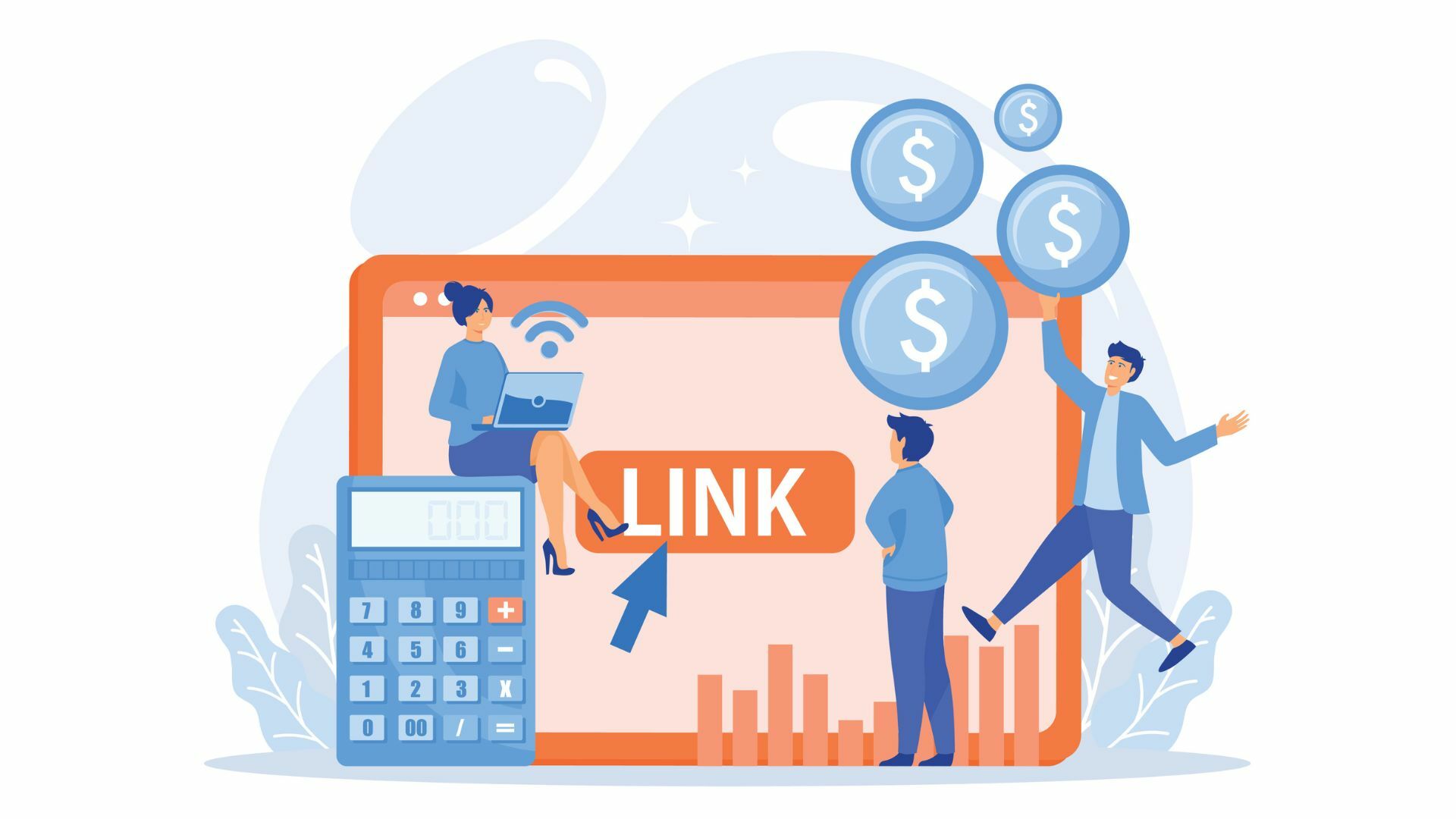Web performance plays a critical role in the success of digital businesses. Users have high expectations from fast-loading websites, and a slow or poorly performing site can lead to negative user experiences, increased bounce rates, and lost revenue.
With the increasing complexity of websites and the reliance on third-party scripts, optimizing web performance has become a crucial aspect of delivering a seamless user experience.
Understanding Server-Side Tagging
1. Definition and Purpose of Server-Side Tagging
Server-side tagging involves executing tracking tags, analytics codes, and marketing scripts on the server before delivering the webpage to the user’s browser. The purpose is to offload the processing burden from the client side and improve website performance, while still collecting relevant data and insights.
2. Comparison with Traditional Client-Side Tagging
In traditional client-side tagging, scripts are executed within the user’s browser, which can result in slower page load times, increased latency, and potential conflicts with other scripts. Server-side tagging provides an alternative approach by moving the execution to the server, reducing the impact on the client-side and improving overall website performance.
3. Key Components and Architecture of Server-Side Tagging
Server-side tagging typically involves a tag management system (TMS) or server-side container that acts as an intermediary between the website and the third-party services. The TMS intercepts and manages incoming requests, executes tags on the server, and forwards the processed response to the user’s browser. This architecture allows for centralized control, flexibility, and better performance optimization.
Web Performance Challenges with Client-Side Tagging
1. Decreased Website Performance
Client-side tagging can significantly impact website performance due to the added processing overhead on the user’s browser. The execution of multiple scripts and tracking codes can slow down page load times, resulting in a suboptimal user experience.
2. Increased Page Load Times/Potential UX Issues
The accumulation of client-side tags can lead to longer page load times, causing frustration for users who expect fast and responsive websites. Slow-loading pages can result in higher bounce rates, decreased user engagement, and potential revenue loss.
3. Dependencies on Third-Party Scripts
Client-side tags often rely on external dependencies, such as third-party libraries or tracking pixels. These dependencies can introduce additional latency (thus decreasing website speed) and increase the chances of script conflicts, further degrading website performance.
4. Adverse Effects on Mobile Browsing and SEO Rankings
Client-side tagging can have a more pronounced impact on mobile browsing due to limited device resources and slower network connections. Slow-loading mobile websites can negatively affect user experience and even impact search engine optimization (SEO) rankings, as search engines prioritize fast and mobile-friendly websites.
Advantages of Server-Side Tagging for Web Performance
1. Improved Page Load Times
Server-side tagging minimizes the number of client-side requests and the overall payload sent to the client’s browser. This reduction in requests leads to faster page load times, improved performance, and a smoother user experience.
2. Enhanced UX And Reduced Bounce Rates
By optimizing web performance through server-side tagging, businesses can provide users with faster and more responsive websites. This improved user experience can lead to lower bounce rates, increased page views, and higher conversion rates.
3. Mitigation Of Third-Party Script Dependencies
Server-side tagging reduces the reliance on client-side scripts and mitigates the risks of conflicts between different scripts. By executing tags on the server, businesses can minimize the impact of external dependencies and ensure smoother website performance.
4. Improved Mobile Performance and SEO Optimization
Server-side tagging can significantly benefit mobile performance by reducing the data transferred to the device and optimizing the rendering process. This improved mobile performance not only enhances the user experience but also positively impacts SEO rankings, as search engines prioritize fast-loading mobile websites.
5. Simplified Management and Control Over Tags
Server-side tagging allows for centralized control and management of tags, making it easier to implement, modify, and remove tags without relying on client-side implementation or user browser updates. This flexibility simplifies the tag management process and enables faster iterations and deployments.
Best Practices for Implementing Server-Side Tagging
1. Evaluate and Prioritize Tags
Businesses should analyze their existing tags and prioritize those that would benefit the most from server-side execution. Tags that impact website performance, user experience, or data collection should be given priority for migration.
2. Choose the Right Solution
Selecting a suitable server-side tagging solution or tag management system is crucial. Businesses should uate different options based on factors such as scalability, customization capabilities, integration with existing systems, and support for different tag types.
3. Proper Server-Side Tagging Set-Up and Configuration
Proper configuration and setup of the server-side tagging infrastructure are essential for optimal performance. This includes defining rules for tag execution, mapping data variables, and ensuring compatibility with existing analytics and marketing platforms.
4. Test and Monitor Performance
Regular testing and monitoring are essential to ensure that server-side tags are functioning correctly and delivering the desired performance improvements. Businesses should use monitoring tools to measure page load times, track data accuracy, and identify any issues or bottlenecks.
5. Continuously Optimize and Refine
Server-side tagging is an iterative process, and businesses should continuously analyze and optimize their implementation. This involves fine-tuning tag configurations, reviewing performance metrics, and adapting the infrastructure to changing business needs.
Real-World Examples of Web Performance Benefits
Server-Side Tagging Increases University Website Conversions
As a result of implementing server-side tagging, the university witnessed significant improvements in its website performance, including:
- 100% Increase in Webpage Conversions
- 57% Decrease in Cost-Per-Acquisition (CPA)
- 350% Increase in Reach
You can learn more about this university results in our case study.
Harnessing the Power of Server-Side Tagging for Enhanced Web Performance
Server-side tagging offers several advantages for web performance, including reduced client-side requests, improved page load times, enhanced user experiences, better mobile performance, simplified tag management, and SEO optimization.
Given the importance of web performance and the challenges associated with client-side tagging, businesses should seriously consider adopting server-side tagging as a strategy to enhance website performance and provide a better user experience.
As the digital landscape continues to evolve, optimizing web performance will remain a critical focus for businesses. Server-side tagging is likely to gain further traction as an effective solution for improving web performance, managing tags, and delivering seamless user experiences in an increasingly complex online environment.
Blog Last Updated on 9 months by New Path Digital






